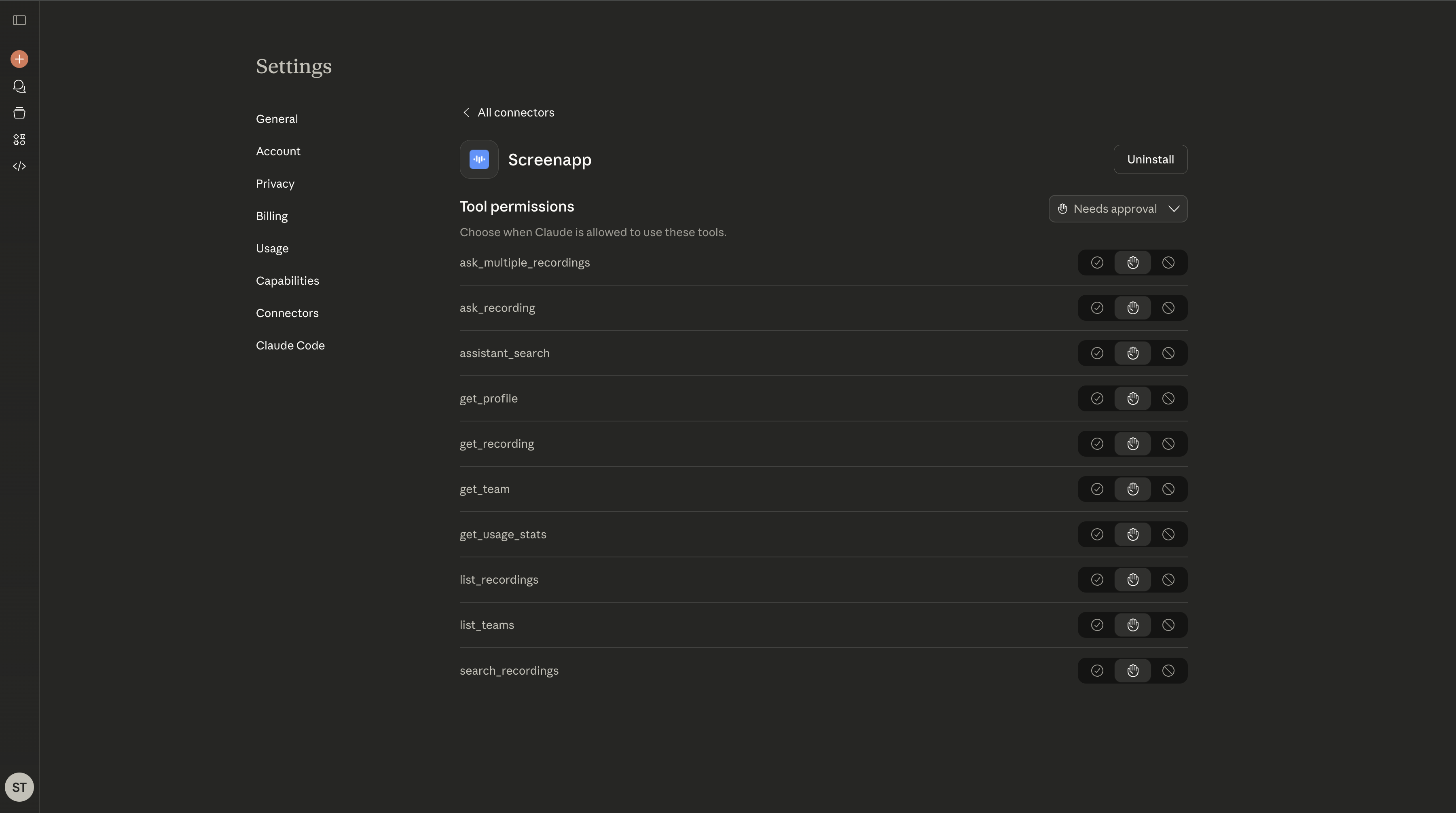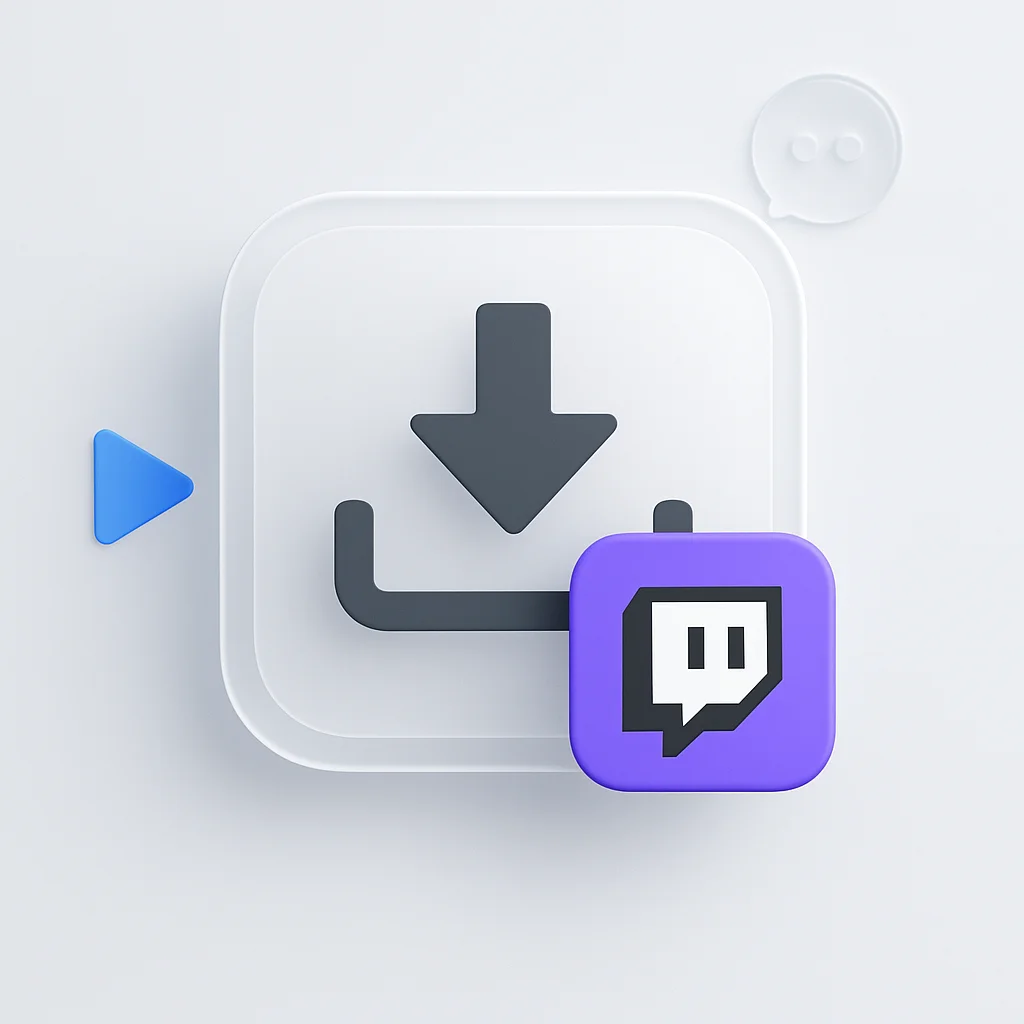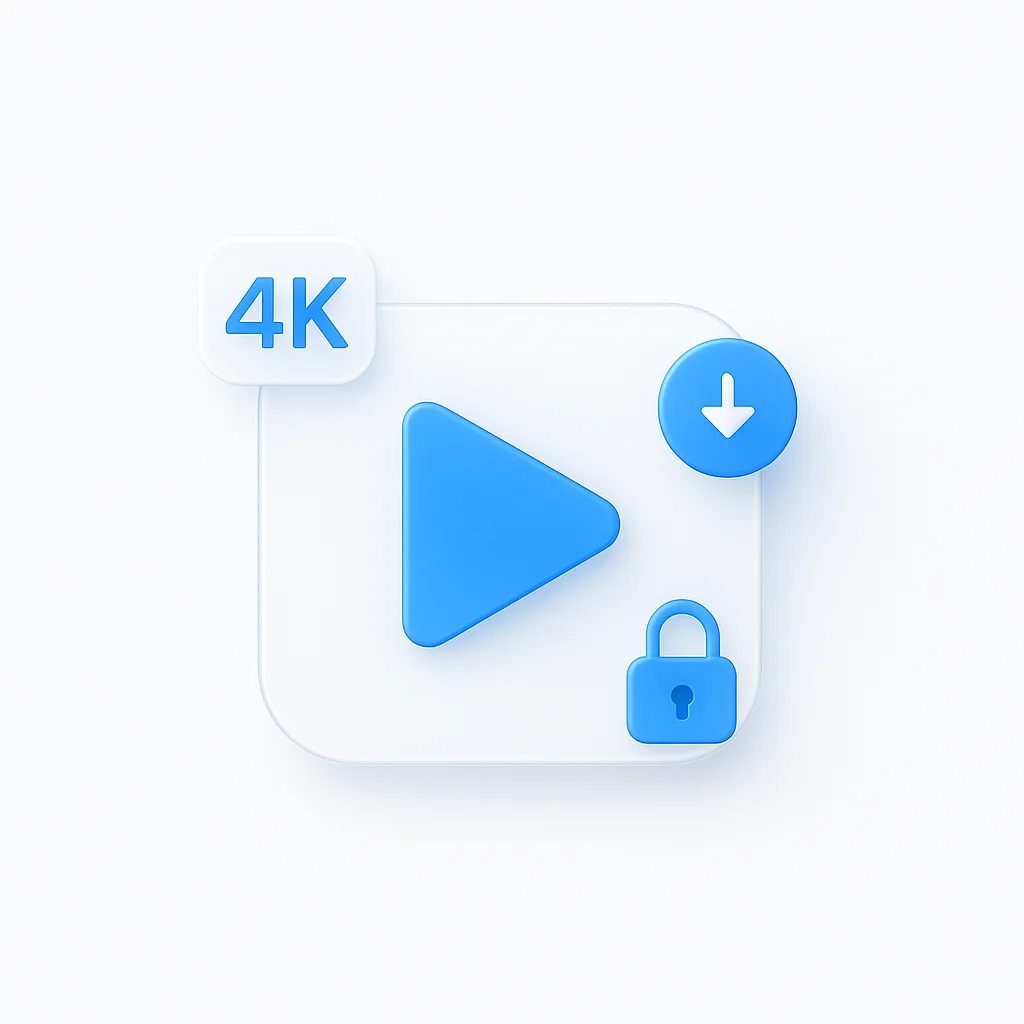Meetings are an essential part of any business. But capturing and retaining the essence of these discussions can be a daunting task. Fortunately, AI-powered transcription tools have emerged as a powerful solution.
Have you ever found yourself frantically scribbling notes during a meeting, trying to capture every word but still ending up with a jumble of illegible notes? Or perhaps you’ve been tasked with transcribing an hour-long meeting, only to spend countless hours deciphering muffled audio and endless monologues. If any of these scenarios sound familiar, then you’re not alone. Transcribing meetings can be a tedious and time-consuming task, often leaving us drowning in a sea of unstructured information.
But fear not, fellow note-takers and transcription enthusiasts! AI-powered transcription tools have emerged as a beacon of hope in this digital age, offering a revolutionary solution to transcribing meetings with ease and accuracy. These intelligent tools can transform your meetings into actionable information, empowering you to make the most of your time and resources.
Join us on this journey as we explore the world of AI-powered transcription tools. We’ll delve into the unique features and benefits of each tool, helping you choose the one that best suits your needs. Along the way, we’ll uncover tips and tricks for extracting maximum value from your transcripts.
So, put away your notebooks and pens, and prepare to embrace the transformative power of AI-powered transcription tools. Together, we’ll unlock a world of productivity, efficiency, and effective communication.
Navigating the World of Transcribing Meeting Minutes: A Comprehensive Guide
In today’s fast-paced business environment, effective communication is the cornerstone of success. Meetings play a crucial role in fostering collaboration, sharing ideas, and making informed decisions. However, capturing and retaining the essence of these discussions can be a daunting task. Fortunately, the advent of AI-powered transcription tools has revolutionized the way meeting minutes are transcribed, offering a seamless and accurate solution to this challenge.
The Indispensable Role of Transcribed Meeting Minutes: A Gateway to Effective Communication and Organizational Success
Transcribed meeting minutes play a pivotal role in fostering effective communication, ensuring clarity and alignment within organizations. They serve as a comprehensive record of discussions, decisions, and action items, providing a tangible reference for future discussions, project management, and performance evaluation.
By capturing the essence of every meeting, transcribing meeting minutes offer a multitude of benefits:
- Ensuring Shared Understanding: Transcribed minutes eliminate ambiguity and ensure that everyone is on the same page, reducing misinterpretations and fostering a cohesive team environment.
- Facilitating Project Management: Serving as a centralized repository of information, transcribed minutes keep project teams informed about action items, deadlines, and responsibilities, streamlining project execution.
- Promoting Accountability: By clearly defining action items and responsibilities, transcribed meeting minutes promote accountability, ensuring that individuals are held responsible for their commitments.
- Enhancing Transparency: Transcribed meeting minutes foster transparency within organizations, providing a clear record of decisions and discussions, building trust and fostering a culture of openness.
- Enabling Knowledge Sharing: By creating a centralized repository of valuable insights and information, transcribed minutes facilitate knowledge sharing, allowing individuals to learn from each other’s contributions and experiences.
Top 3 Tools for Transcribing Meeting Minutes
1. ScreenApp AI Notetaker
- Unique Approach to Transcription: ScreenApp prioritizes accuracy by recording and transcribing meetings later, ensuring precise transcripts for detailed reviews and follow-ups.
- Platform Compatibility: ScreenApp’s versatility makes it suitable for various meeting formats, whether online or in-person.
- Ideal for Professionals Requiring Detailed Meeting Records: ScreenApp’s focus on accuracy makes it a valuable asset for professionals who need reliable meeting documentation.
2. Otter.ai
- Real-Time Transcription: Otter.ai enables participants to follow along and note important points as they are discussed.
- Team Collaboration Capability: Otter.ai facilitates team collaboration by allowing members to share and work on transcripts together.
- Custom Vocabulary Addition: Otter.ai adapts to specialized fields by letting users add custom vocabulary, enhancing transcription accuracy in specific professional contexts.
- Benefits for Live Captions and Collaborative Work Environments: Otter.ai provides live captions for better accessibility and fosters collaboration among team members.
- Tailoring to a Range of Industries: Otter.ai’s customizable vocabulary caters to the needs of various industries.
3. Fireflies.ai
- Comprehensive Integration with Meeting Platforms: Fireflies.ai seamlessly integrates with various platforms, including Zoom, Slack, and Microsoft Teams.
- Efficient Data Processing: Fireflies.ai efficiently processes large volumes of meeting data.
- AI-Powered Analysis: Fireflies.ai goes beyond simple transcription by providing AI-powered analysis for deeper meeting insights.
- Advanced Search Functionality: Fireflies.ai’s advanced search allows users to quickly locate specific information within transcripts.
- Ideal for Extracting Actionable Insights and Managing Extensive Meeting Records: Fireflies.ai is particularly useful for businesses seeking actionable insights and professionals managing large meeting records.
Comparing Tools
| Feature | ScreenApp AI Notetaker | Otter.ai | Fireflies.ai |
|---|---|---|---|
| Transcription method | Screen recording | Real-time transcription | Real-time transcription |
| Accuracy | Prioritized | Balanced with efficiency | Balanced with analysis |
| Collaboration features | Limited | Strong | Strong |
| Integrations | Wide range | Wide range | Wide range |
| Analysis | None | Basic | AI-powered |
| Ideal for | Detailed reviews and follow-ups | Live captions and collaborative work | Actionable insights and extensive record management |
Decoding Transcription Methods: A Spectrum of Options
The world of transcription offers a range of methods to suit diverse needs and preferences. For those seeking the utmost precision and attention to detail, manual transcription remains the gold standard. While it demands time and dedication, manual transcription ensures that every nuance and detail is captured accurately.
For those prioritizing efficiency and speed, automated transcription services have emerged as a compelling alternative. Utilizing speech recognition technology, these services convert audio recordings into text at a rapid pace, significantly reducing turnaround times. However, it is important to note that automated transcription may occasionally produce errors, requiring a thorough review to ensure accuracy.
To strike a balance between accuracy and efficiency, a hybrid approach combining manual and automated transcription can be considered. This method involves utilizing automated transcription for the initial conversion and then employing manual review to refine and correct any errors.
Ultimately, the choice of transcription method depends on the specific requirements of the individual or organization. If accuracy is paramount, manual transcription or a dedicated transcription service may be preferred. For those seeking speed and efficiency, AI-powered transcription tools offer an ideal solution.
Explore the various transcription methods available and evaluate their suitability based on their specific needs and preferences. Consider factors such as the length and complexity of the audio recordings, the desired turnaround time, and the acceptable level of error tolerance. By carefully assessing these factors, you can make an informed decision and choose the transcription method that best serves your requirements.
AI-Powered Transcription: A Game-Changer
AI-powered transcription tools have emerged as the frontrunners in this domain, leveraging advanced machine learning algorithms to deliver unparalleled accuracy and efficiency. These tools can not only transcribe audio with remarkable precision but also identify speakers, differentiate accents, and filter out background noise.
Enhancing Workplace Productivity
AI-powered transcription tools have become indispensable in the modern workplace, offering a myriad of benefits that enhance productivity and streamline workflows. These tools can:
- Automate the transcription process: AI algorithms can transcribe audio recordings with remarkable accuracy, eliminating the need for manual transcription, which can be time-consuming and error-prone.
- Improve meeting effectiveness: By providing real-time or near real-time transcriptions, AI tools allow participants to fully engage in meetings without the burden of note-taking. This fosters better communication, collaboration, and decision-making.
- Enhance accessibility: AI-powered transcriptions make meetings and other audio content accessible to individuals with hearing impairments.
Empowering Academic Excellence
AI-powered transcription tools are transforming the academic landscape, empowering students and faculty to achieve greater success. These tools can:
- Optimize learning: AI-powered transcriptions of lectures and seminars provide students with a valuable resource for review and study, enhancing their understanding and retention of course material.
- Promote research efficiency: AI-powered transcription can facilitate research by enabling researchers to transcribe interviews, field recordings, and other audio sources quickly and accurately.
- Support inclusive learning: AI transcriptions can make audio content accessible to students with hearing impairments, ensuring equal access to educational resources.
Choosing the Right Tool: A Matter of Needs and Preferences
The optimal transcription method depends on the specific requirements of the individual or organization. For those who prioritize accuracy and confidentiality, manual transcription or dedicated transcription services may be preferred. For those seeking speed and efficiency, AI-powered transcription tools offer an ideal solution.
Navigating the Landscape of AI-Powered Transcription Tools: Selecting the Ideal Fit
The world of AI-powered transcription tools is a diverse landscape, with each tool offering a unique blend of features and capabilities tailored to specific needs. As you embark on your journey to choose the ideal tool for your requirements, consider the following factors:
- Accuracy: For those who prioritize capturing every nuance and detail, AI-powered transcription tools like Rev and Descript excel in their precision and ability to transcribe complex audio.
- Speed and Efficiency: For those seeking swift turnaround times and seamless integration with daily workflows, tools like Otter.ai and Sonix provide real-time transcription and multi-platform compatibility.
- Affordability: If cost is a primary concern, consider tools like TranscribeMe and Temi, which offer competitive pricing plans and a range of features at accessible rates.
- Additional Features: Evaluate the unique features that each tool provides, such as speaker identification, language support, and integration with note-taking software.
Exploring and Experimenting: Finding Your Transcription Match
The best way to discover the ideal AI-powered transcription tool for your needs is to explore and experiment with different options. Many transcription tools offer free trials or demo versions, allowing you to test their capabilities and user interface firsthand. Engage in hands-on trials, evaluate user reviews, and consult with colleagues to make an informed decision.
Embracing AI-Powered Transcription: A Catalyst for Modern Workplace Success
In the modern workplace, where effective communication is paramount, AI-powered transcription tools have emerged as transformative catalysts for productivity and efficiency. These tools empower individuals and organizations to:
- Capture and Retain Every Detail: Ensure that no crucial information is lost during meetings, lectures, or interviews.
- Enhance Accessibility: Make audio content accessible to individuals with hearing impairments, promoting inclusivity and collaboration.
- Streamline Workflows: Dedicate less time to transcribing and more time to strategic planning, decision-making, and execution.
- Promote Accountability: Clearly define action items and responsibilities, fostering accountability and follow-through.
- Cultivate a Culture of Knowledge Sharing: Create a centralized repository of valuable insights and information, empowering collective learning and growth.
As organizations continue to embrace remote work and virtual collaboration, the need for effective communication tools has never been more evident. AI-powered transcription tools stand at the forefront of this transformation, providing a seamless, accurate, and accessible solution for transcribing meetings, lectures, and interviews. By adopting these tools, organizations can enhance communication, optimize decision-making, and drive organizational success.
Reviewing and Refining the Transcript: Ensuring Every Word Counts
Imagine you’ve just finished capturing a crucial meeting filled with groundbreaking ideas, important decisions, and actionable items. However, the work doesn’t end there. The next step is to transform that raw recording into a polished and accurate transcript, ensuring that every word counts.
Regardless of the transcription method you choose, be it manual or AI-powered, a thorough review and editing process is essential to ensure the accuracy and completeness of the transcript. This meticulous process involves checking for grammatical errors, verifying names and acronyms, and ensuring that the transcript accurately reflects the context and intent of the meeting. Using a word counter can also help you track the length and density of your transcript, ensuring clarity and conciseness while maintaining essential details.
Think of it like crafting a masterpiece. Each word, each phrase, each sentence needs to be carefully examined and refined to convey the essence of the discussion. Just like a skilled artisan, you’ll need to pay attention to detail, ensuring that the transcript is free of errors and inconsistencies.
Here’s a checklist to guide your review process:
- Grammar and Punctuation: Ensure that the transcript adheres to proper grammar and punctuation rules.
- Accuracy: Verify the accuracy of names, acronyms, and technical terms.
- Context and Intent: Double-check that the transcript accurately reflects the context and intent of the meeting.
- Consistency: Maintain consistency in style, tone, and formatting throughout the transcript.
Remember, a well-crafted transcript is not just about capturing words; it’s about preserving the essence of the meeting, ensuring that the decisions, ideas, and action items are clearly conveyed and easily accessible to everyone involved. By dedicating time and attention to the review process, you ensure that the transcript serves as a valuable resource for future reference, project management, and organizational success.
Sharing and Storing Meeting Minutes: Ensuring Knowledge Preservation and Accessibility
Imagine you’ve meticulously crafted the perfect transcript, capturing every word, every nuance, and every decision from the meeting. The next crucial step is to ensure that this valuable resource reaches the right people at the right time.
Sharing meeting minutes is akin to sharing the fruits of your labor. It’s about making the collective wisdom and insights gained from the meeting accessible to all relevant stakeholders. Common methods for sharing transcripts include distributing them via email, posting them on a shared platform, or incorporating them into a meeting summary document.
Just like you wouldn’t store your precious belongings in a flimsy box, storing meeting minutes requires a secure and organized approach. Cloud storage services and dedicated meeting management tools offer convenient and secure solutions, ensuring that your transcripts are readily available for future reference.
Here are some key considerations for sharing and storing meeting minutes:
- Timeliness: Share the transcript promptly after the meeting to maintain the momentum and ensure that the information is fresh in everyone’s minds.
- Accessibility: Choose a sharing method that is easily accessible to all relevant stakeholders, considering their preferences and technological capabilities.
- Security: Safeguard the transcripts using secure storage solutions, such as cloud storage or dedicated meeting management tools, to protect sensitive information and maintain confidentiality.
Remember, sharing and storing meeting minutes is not just about ticking off a checklist; it’s about preserving and sharing the collective knowledge and decisions that drive your organization forward. By making these valuable resources accessible, you empower your team, enhance collaboration, and pave the way for continued success.
The Future of Transcription
AI-powered transcription tools are not just a passing trend; they represent a paradigm shift in the way we interact with audio content. As AI technology continues to evolve, these tools will become even more sophisticated, offering even greater accuracy, efficiency, and personalized features.
In the workplace, AI transcription tools will become an integral part of collaboration and knowledge management, seamlessly integrating with communication platforms and productivity tools. In academia, AI transcription will become an essential tool for personalized learning, research, and accessibility.
Overall, AI-powered transcription tools are revolutionizing the way we capture, process, and utilize audio information, empowering individuals and organizations to achieve greater success in the modern world.
Conclusion: Embracing a Culture of Transcription in the AI-Powered Era
Navigating the dynamic world of AI-powered transcription tools can be an exciting and empowering journey. With a plethora of options available, each offering unique features and benefits, the ideal tool awaits your discovery.
We encourage you to embark on this journey of exploration. Evaluate the features, pricing models, and user reviews of each tool to identify the one that aligns seamlessly with your specific needs and workflow. Consider the factors that matter most to you, whether it’s accuracy, speed, affordability, or additional features like speaker identification or language support.
Remember, the best AI-powered transcription tool is not just about capturing words; it’s about unlocking the potential that lies within your audio recordings. It’s about empowering you to transform meetings, lectures, and interviews into actionable information, driving productivity, enhancing accessibility, and fostering a culture of knowledge sharing.
As organizations continue to embrace remote work and virtual collaboration, AI-powered transcription tools have emerged as indispensable allies. These tools are not just technological advancements; they are catalysts for transforming the way we communicate, collaborate, and learn in the AI-powered era.
Embrace the power of AI-powered transcription tools and propel your organization towards a future of unparalleled efficiency, effective communication, and sustainable success.






